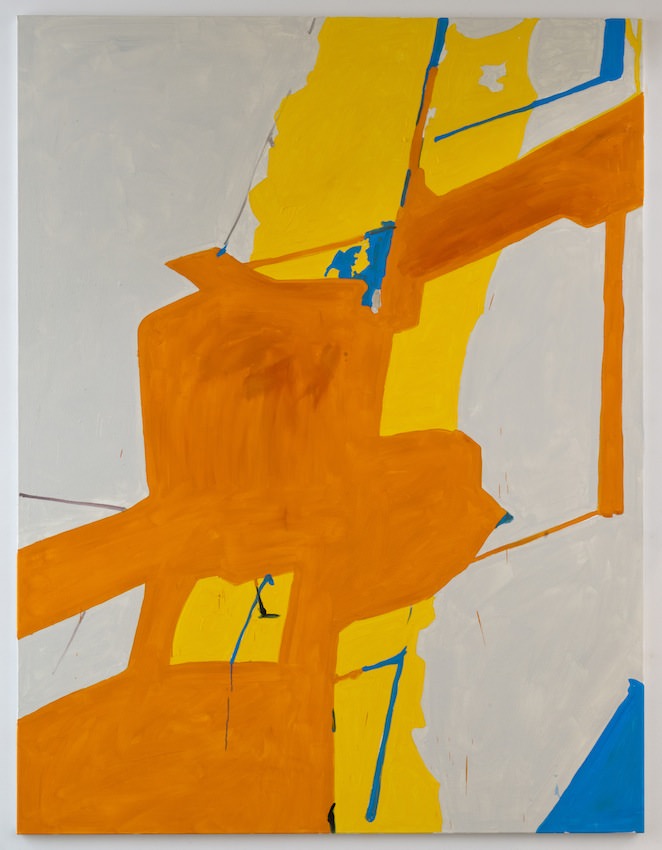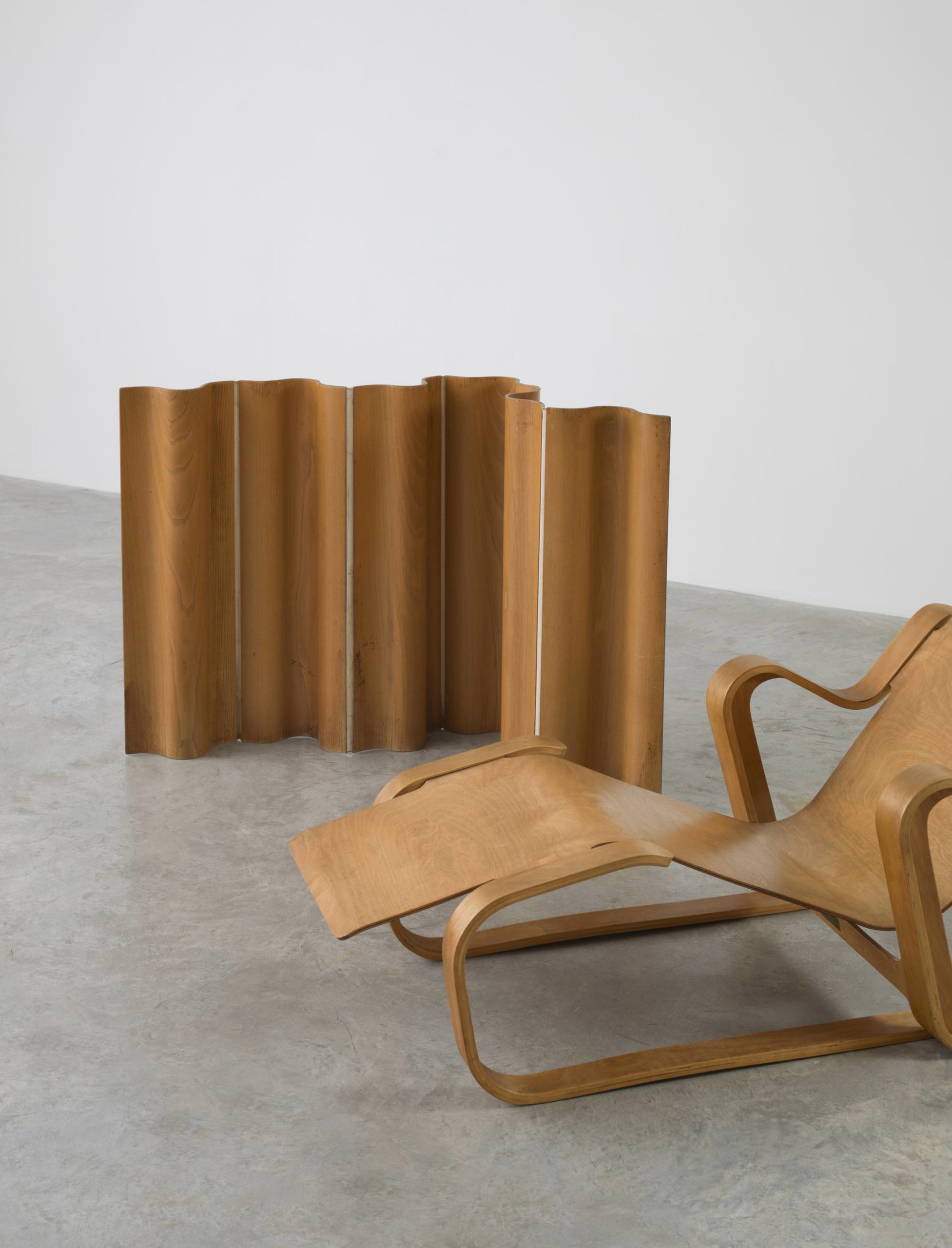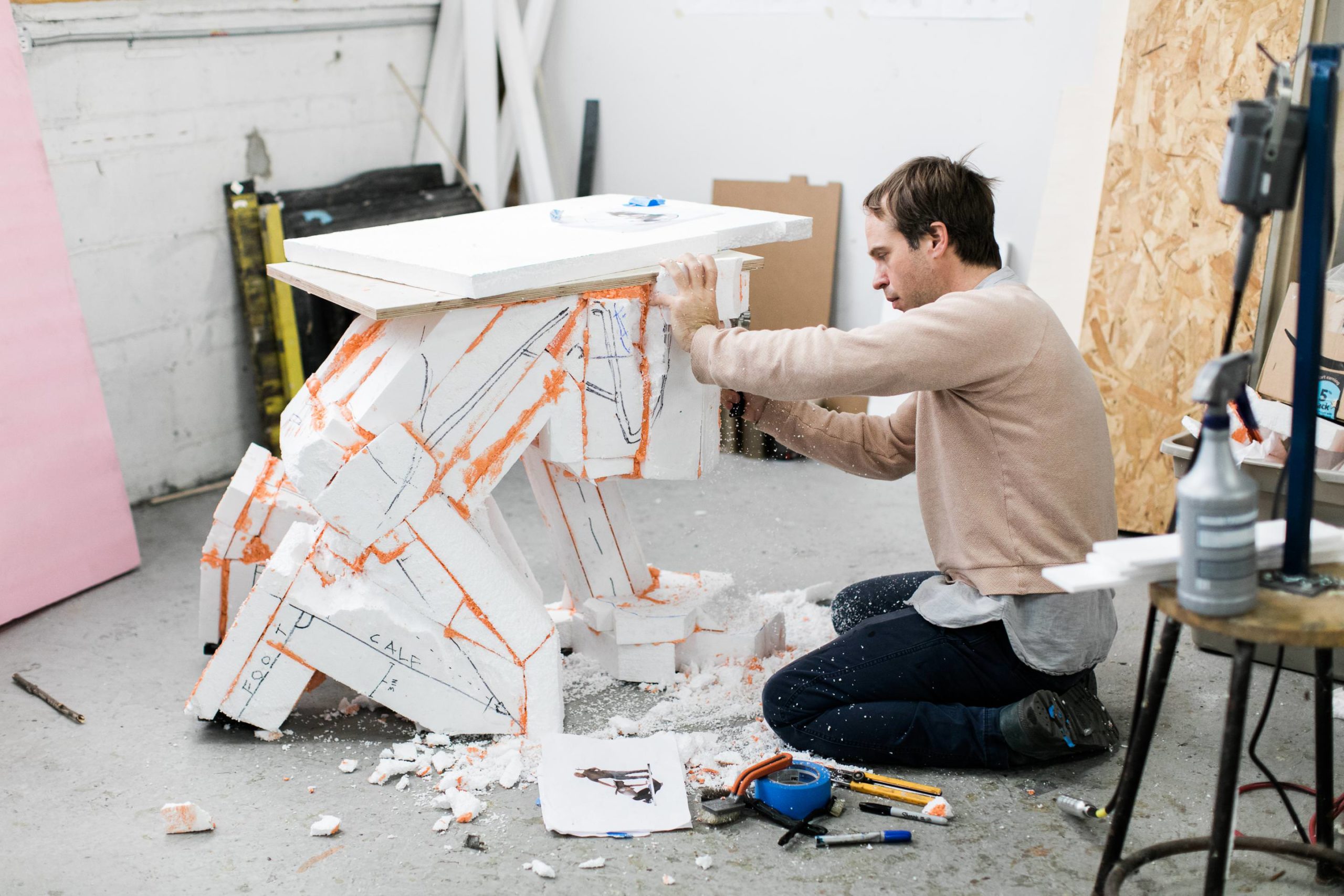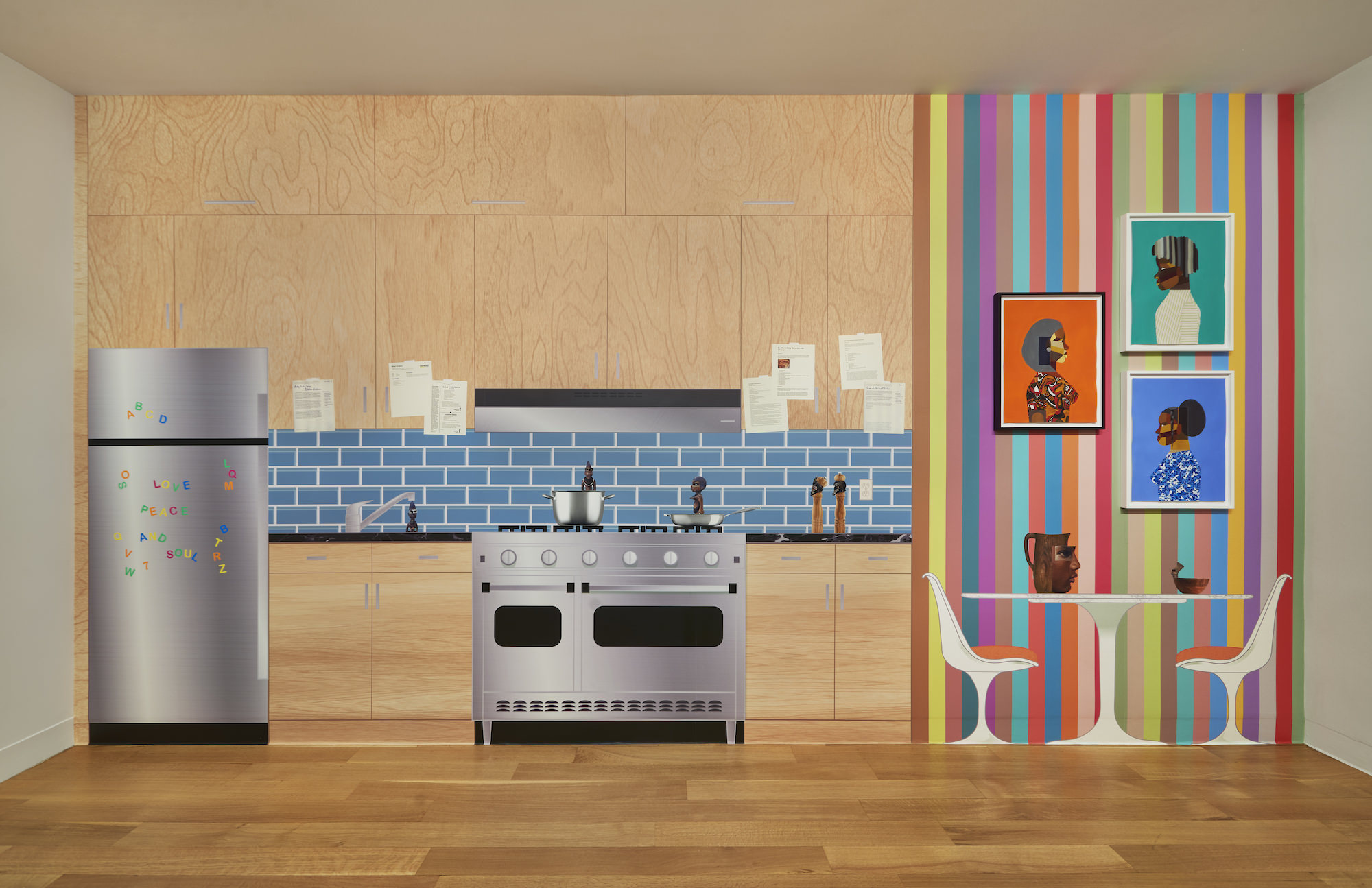For years, Koen Van Den Broek has made paintings from photographs he takes on road trips around the United States to create hauntingly beautiful images of empty American streets and landscapes. Born and raised in Belgium and trained as an architect, his outsider’s point of view often makes the familiar look foreign and the pedestrian look enigmatic. This, along with the distance he creates in the process of painting from photographs, has helped make him one of Europe’s most acclaimed contemporary painters.
Now, Van Den Broek is creating even more distance between himself and his subject of the street with a new, increasingly abstract series of paintings entitled “Apex”, on display at Friedman Benda Gallery through May 24. Sitting down with Whitewall to talk about his new work and approach, Van Den Broek was eager to discuss his inspirations; from painting, cinema, the history of art, and the streets themselves.
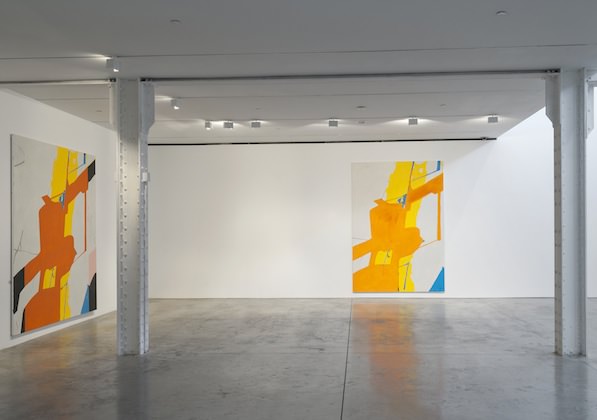
78.74 x 98.43 inches
Whitewall: In much of your previous works, you painted from photographs you’d taken of the street. With Apex, you’ve departed from that process to create more abstract paintings, but inspired by the same scenes. What prompted this change?
Koen Van Den Broek: I was thinking about the impossibility of abstract art in the wider framework of art history. That is also what Matisse was discussing. One of my favorite paintings is his Porte-fenetre a Collioure, which is in the Centre Pompidou in Paris. All it is actually is a view from his room, where his studio was, of the seaside, looking through the window. There are some blinds and just a black square. For me that’s proof of the argument that abstract art always comes from figuration.
WW: Were there other paintings or artists whose work you considered, or by whom you were inspired, in this latest series?
VDB: I had this important trip last September when I went to visit the Clyfford Stills museum in Denver, and met David Anfam there who was apparently a big fan of my work. I saw so many Clyfford Stills there and we talked a lot about the spirit of Franz Kline. I also discovered a painting of Robert Motherwell called Open from the Open Series, based on the Porte-fenetre a Collioure of Matisse. Motherwell did a whole series based on that painting. This made me think of playing around with the history of painting, the possibility of making new paintings and the eternal question of what can you do with painting. I think that sometimes the only way to move forward is to take a few steps back.
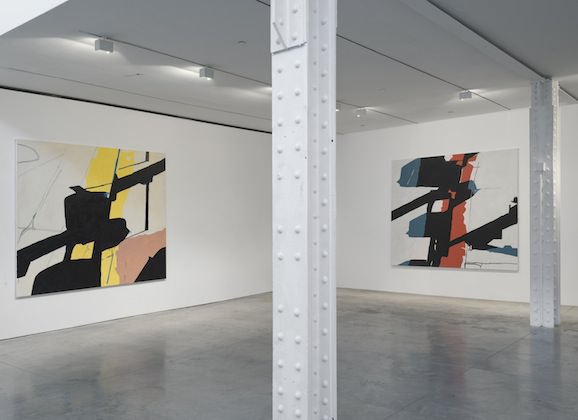
WW: Do you feel that these movements and steps need to be taken through the larger context of art history or more so through your personal experience and career as a painter?
VDB: What I did now for this series is like a trilogy and this is the last step. The first one was at Marlborough Contemporary in London called Chicane, which is a type of curving break or turn in a racetrack. The painting series in Brussels was called Yaw which is another part of a curve, just where the asphalt is beginning to turn a bit, and this series is called Apex, which is the top of the curve. So there is a street theme in my own work.
I realize more that I’m painting the street, which seems like an obvious thing. If you go back in art history and look at Van Gogh, Wayne Thiebaud, Richard Diebenkorn, Edward Hopper, Walker Evans, William Eggleston, or even the movies , you see that the street is a very important issue in the larger history of art and painting. I’ve been painting the street for a while and this new series is a way of getting away from photography and my previous methods, and instead thinking about modern art and a new way of doing works that are still about the street. I’ve been using older paintings; reworking them to make new compositions, putting them in the computer, changing the colors, and making them new. The old paintings are the subjects for the new paintings.
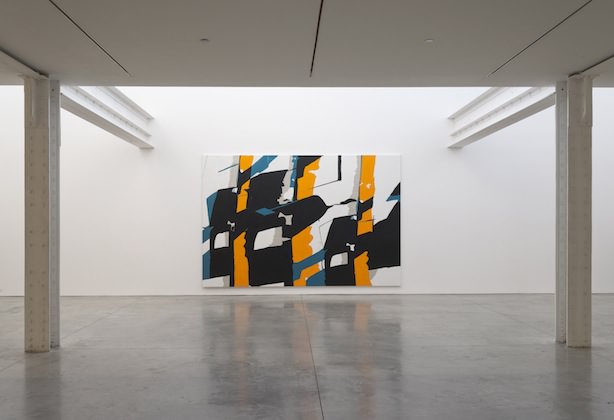
WW: People have said that there is a certain abstract quality, even in your earlier, more figurative paintings. How would you gauge the figurative elements, are there any in these more abstract works?
VDB: Sometimes people think my photographs are reproductions of my paintings, which is kind of funny, since it’s the opposite way around. If you think about cinema, there are these non-moments, these non-places that the camera covers in passing over things like the sky or the street in certain scenes. If you can isolate these frames of film stills, those images can be very abstract. It’s all a matter of a certain way of looking.
WW: What do you mean by non-paces? Spaces between where two things are happening or a place where nothing is happening?
VDB: In the first scene of the movie The Cotton Club (1984), the camera is down; all you see is a sidewalk, some water, some puddles, and some reflections. It’s totally abstract. You have a gutter and the camera is there, then you have the sound of the jazz club and the camera moves up and you see the exit of the jazz club and people coming out. That is a good example, to me, of what a non-place can be in cinema.
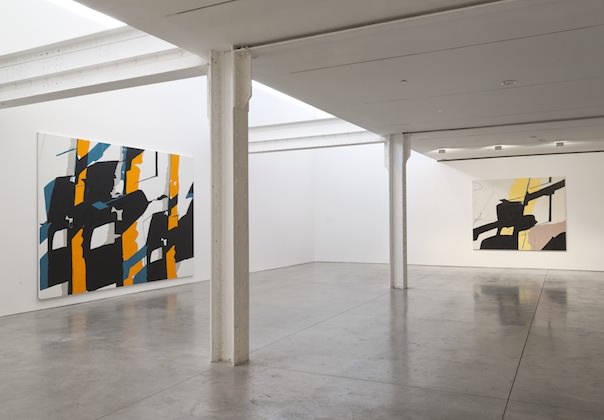
WW: Is it sometimes easier to make decisions about the importance of places or things if they are new and foreign to you? How does being a European who paints mostly American scenes inform your decisions?
VDB: Only twice have I painted things from my own country in Belgium. No more because I didn’t succeed in doing it. It’s too close. It’s too nearby. I make paintings about California, Arizona, Mexico, Argentina, all over the world, because the distance helps me.
Also, I don’t work digitally. I work with film. When you work with film, you don’t have an idea of what you’ve done. It’s always a surprise that may come weeks or even months later, when you develop the film. Then, when you do the selection, the photo is at such a distance that the picture becomes its own thing, completely disconnected from the location from where I took it, which helps me make the painting. What I’m doing now is even more disconnected. They are newborn paintings that are less like the heritage of their parents, their location. They have more of a life of their own and that’s what I like most about the new works.
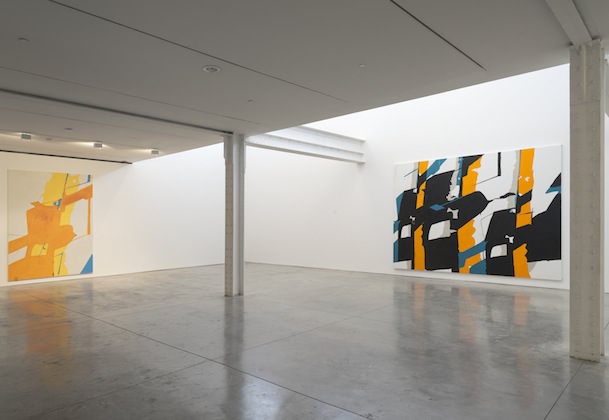
Koen van den Broek (b.1973) lives and works in Belgium. He has a Bachelor in Architectural Engineering, and studied at The Royal Academy of Fine Arts, Antwerp, the Academy of Visual Arts St. Joost, Breda, and the Higher Institute of Fine Arts Flanders, Antwerp. Van den Broek has been in many museum exhibitions in Belgium including in Antwerp, at the MAS and at the MHKA. In 2008, Van den Broek collaborated with John Baldessari on “This an Example of That,” an exhibition at the Bonnefantenmuseum, Maastricht. In 2009, he was the subject of an extensive retrospective at the Stedelijk Museum voor Actuele Kunst (SMAK) at which point, “Crack,” a monograph on his work, was published.
